The post 10 High School Football Photography Tips appeared first on Digital Photography School. It was authored by Jeff Guyer.

Are you looking to capture top-notch, action-packed, jaw-dropping photos of high school football?
You’ve come to the right place.
I’ve been doing high school football photography for years, so I’ve picked up plenty of key tips, techniques, and secrets to capture amazing shots. And in this article, I aim to share it all with you, from essential equipment to camera settings to creative tricks and more.
So if you’re ready to elevate your football photography, then let’s dive right in, starting with equipment:
1. Use the right gear
I’m not going to spend a lot of time here discussing camera bodies. Some of the photos in this article were taken years ago using a Nikon D70, and they look great. As long as you’re photographing with a reliable DSLR or mirrorless camera, you’re going to be fine. A fast continuous shooting speed and a capable autofocus system is helpful, but if you can’t afford these features, then don’t worry too much.
For a football photographer, your big concern is lenses. Happily, it is possible to get really great shots with a few basic options. When I first started shooting sports, I used just one lens, a 70-200mm f/2.8. I was able to shoot and edit creatively enough to get a variety of images. If you can only afford one lens right now, definitely opt for a longer zoom.
Don’t just buy any long zoom, however. Make sure it’s plenty fast; in other words, it should ideally feature a maximum aperture of f/2.8. Fast lenses are going to be hugely important once the sun goes down because most high school sports have a prohibition against using flash. You’ll need that ultra-wide aperture to keep a sufficiently fast shutter speed (otherwise, your photos will all turn out blurry!).
By the way, I’d also recommend investing in a nice monopod to keep your camera steady. In good light, you can handhold, but as the day turns into night, you’ll want some form of support – and tripods tend to be annoyingly unwieldy.
As with any type of shoot, make sure you have all of the necessary backups: batteries, memory cards, etc. Also, make sure you also have a plan for when it starts raining. Note that rain will fall on occasion, so be prepared for it. The Think Tank Hydrophobia should do the trick.

Trust me. At some point it’s going to rain!
2. Consider how you’ll get in
If you’re serious about football photography, consider contacting the school/venue ahead of time and ask about media credentials. In exchange for your images, you might be able to get a free pass into the game.
Otherwise, you’ll probably have to pay to get in (just like anyone else!). The good news is that it’s usually less than $ 10. You might be able to talk your way in on the day of the game, but the money goes to a good cause, so if you’re forced to pay, it’s not that big of a deal.
3. Get to the game early
Teams take the field to warm up anywhere from one to one-and-a-half hours before game time. And warm-ups are going to give you one of the best opportunities for quality shots.
For starters, the light is better. The sun won’t have set, and you’re going to get strong, powerful natural light, particularly if you shoot with the sun at your back.
Plus, players also tend to move a little more slowly in warm-ups than in the actual game, so you’ll have an easier time capturing motion. You’ll also get more of an opportunity to isolate individual players.
In some cases, you may even be able to actually walk out onto the field to shoot. However, if you do, please be careful! There will be around 150 kids warming up, many of whom are big, fast, and not paying attention to you.
Always remember: the kids’ job is to play football, not give you a good photo op. So make sure you don’t get in the way!

Get there early and take advantage of the sun while you can.
4. Know the sport
The key to getting quality photos in football?
Have a solid understanding of the game. Know how it is played.
After all, every game has an ebb and flow of its own. If you know how the game goes, then you’ll be ready when the game hits its highs (and you’ll know when you can relax and take your finger off the shutter).
Plus, knowledge of the game will allow you to anticipate moments before they happen. Will it be a running play or a passing play? What are the odds that they’re going to fake the punt on 4th down? Do you need to be on the sideline or the end-zone for the action? The home side of the field or the visitors’?
The more you understand the subtleties of the game, the better prepared you will be.

5. Focus like a pro
In football photography, you need to master two types of focusing:
- Mental focus
- Camera focus
First, mental focus: These kids are big and fast and strong, and are trained to run through anything in their way. So please, please, please pay attention to the game, anticipate change, and get out of the way if players are barrelling toward you.
I once saw a photographer stand his ground on the sidelines, despite the fact that a player was being pushed out of bounds right at him. I watched as his camera, lens, and monopod all went flying in three different directions (he flew in a fourth). He was ultimately wheeled off the field with cuts to his face and a leg that had been broken in two places. No photograph is worth that. So focus on where you are and what is going on around you.

As for the other kind of focus:
You’re photographing an action sport and you want action photos. So set your camera to its continuous autofocus setting (AF-C on some cameras, AI-Servo on others).
Now, the kids will be wearing helmets, so don’t worry if you can’t focus on the players’ eyes. Sure, if you can get the eyes, that’s great. If not, your best bet is to lock on the players’ numbers, or even the ball once players start moving. Here, your camera’s tracking mode will be a big help. Of course, feel free to experiment with other AF area modes, just in case one suits your style of shooting.
The goal is speed and accuracy. And at first, you may struggle. That’s normal. But keep practicing, keep working at it, and you’ll eventually improve.

6. Use the right camera settings
Football players move fast, and if you come home with 250 blurry photos, you aren’t going to be happy. So pay careful attention to your shutter speed, because the faster your shutter speed, the better your chances of freezing the action.
I generally like to start with a shutter speed of 1/500s and adjust my aperture and ISO accordingly until I get the look I want. Since football is an outdoor sport, the lighting is going to change over the course of the game. You may start out with great natural light, but you’ll often end in the dark with less-than-ideal stadium lighting. This, in turn, may mean slowing down your shutter speed to let in more light, as well as opening up your aperture to its maximum or raising your ISO.
Mastering these settings – and knowing what to adjust during a game – takes some practice. Be prepared for some trial and error. Here, Shutter Priority mode is often your friend, as you can input your desired shutter speed and ISO, then let your camera automatically adjust the aperture. You might also consider using Auto ISO with some sort of cap (but before you go this route, test different ISO values and determine your maximum “good” ISO).

7. Carefully choose your vantage point
Beginning football photographers struggle to position themselves correctly. They often pick an empty bleacher seat near the field, set up their gear, and stay in place for the entire game.
But if you want truly excellent photos, you need to position yourself carefully – and if possible, you should move with the action.
How do you pick the best position? First and foremost, let the light guide you. It sounds dramatic, but really, you should just take advantage of the sun while you can. Especially when you’re starting out, put the sun at your back so that it’s falling onto the field and nicely illuminating the players. As you get more experienced, you can try switching things up and working with backlight (i.e., situations where the light comes from behind the players, as in the photo below) or even sidelight, but as a beginner, keep things as easy as possible.

Obviously, the closer you are to the action, the better your photos will be. So get as close to the field as possible. If you can, position yourself on the sidelines, below the bleachers. This will give you the best angles, plus it will give you room to move with the game.
Be aware that some stadiums will have restrictions on where you can and can’t stand, regardless of your press credentials. “The Box,” for example, is the area on the sideline between the 20-yard lines. This area, for a variety of reasons, is off-limits to anyone other than players, coaches, trainers, etc. A game official who is a stickler for the rules could penalize the team for your presence in the box. If that happens, start running and don’t look back!
There is a natural tendency to shoot a football game primarily from “your” team’s side of the field. If you’re a parent, this is where you know people and feel comfortable. But try going around to the other side of the field once in a while. That way, you can capture the action with your team’s colors and sidelines in the background.
8. Be creative and keep your eyes open
Sure, you’re photographing football, but that doesn’t mean you can’t be creative with your angles and compositions. If you are selling game photos on your website, getting creative will only help!
I tend to think in terms of portraits; how can I highlight a specific player in the best way possible? Changing angles resulted in getting this quarterback against a perfect background:

Don’t fall into the trap, though, of assuming that everything worth photographing is right there on the field in front of you. Spend some time in the stands. Shoot the crowd reactions. Photograph the band and the cheerleaders. Capture the traditions. There is so much more going on in a stadium than just a football game. So turn your back on the action once in a while and take a look around you. There are stories everywhere.
Most importantly, learn to keep your head on a swivel!


Pay attention. You never know who might drop in.
9. Consider using your camera’s continuous shooting mode
Beginner sports photographers tend to set their camera to its fastest shooting mode, then follow the “spray and pray” strategy where you capture a series of shots over a split-second window.
But is this advisable? Or should you use your camera’s single-shot mode?
Honestly, it really depends on you and your style. Ask five photographers, and you’ll get five different answers. When I first started shooting high school sports, I was working with a slow camera that didn’t let me “spray and pray” consistently and hope for the best. It may have been frustrating back then, but it was probably a good thing. I learned to compose my shots and choose my moments a little more carefully. Over time, I developed a pretty fast shutter finger and a better eye for sports action. So even now, with a faster camera, I tend to leave my camera set for single clicks.
Ultimately, I’d recommend you try out both settings. Work with your camera’s continuous shooting mode for a while. Then, once you’ve gotten some shots you’re satisfied with, switch over to a single-shot mode and see how it feels!

10. Listen to the coaches (and follow proper etiquette)
If you are covering a particular team over the course of a season, introduce yourself to the coaches. Your job will be easier if they know who you are and why you are there. Plus, play your cards right with the coaches and there’s no telling what kind of access you might get.

Being nice to coaches gets you all kinds of access.
If a coach or official tells you something, listen. If they ask you to move, move. You’re in their house and you have to play by their rules.
As I mentioned above, don’t use flash. It’s not allowed, plus it can seriously impact the game. It may sound silly, but you have no idea what the consequences of an unexpected flash might be. There could be college scouts in the stands, and if you blind the receiver with your flash, they might not get a scholarship or even get recruited at all.
Also, if play stops for an injury on the field, show respect and put your camera down. While injuries might make for compelling photography, you may be witnessing the end of a child’s life-long dream or even their chances of going to college. You don’t want the student or their parents to see that on your website. This is high school, not the NFL. Be sensitive and keep things in perspective.
High school football photography tips: final words
Any seasoned photographer will tell you that photographing sports is not easy, and football may be one of the hardest games to shoot.
However, with with a little practice and preparation, your images will start to improve. Remember these tips, apply them to your photography, and pretty soon, your photographs will be outstanding.
Now over to you:
Do you have any tips for football photography? Have you photographed any games? What was it like? Share your thoughts in the comments below!
Table of contents
Sports Photography
-
GENERAL
-
8 Tips On How to Photograph Sports
-
Tips from the Sports Photography Pros to Help You Get the Money Shots
-
Indoor Sports Photography
-
-
SETTINGS
-
How To Use Sports Mode
-
-
LIGHTING
-
Shooting Portraits and Action Sports with Speedlites – Workshop
-
-
GEAR
-
Lens Review Canon 300mm f4 Lens for Sports Photography
-
Aquatech CO-7 Underwater Sport Housing [REVIEW]
-
Shooting Motorsports with a Micro Four Thirds Camera
-
-
ADVANCED GUIDES
-
Tips for Photographing Football (Soccer)
-
How to Shoot High School Football
- 1. Use the right gear
- 2. Consider how you’ll get in
- 3. Get to the game early
- 4. Know the sport
- 5. Focus like a pro
- 6. Use the right camera settings
- 7. Carefully choose your vantage point
- 8. Be creative and keep your eyes open
- 9. Consider using your camera’s continuous shooting mode
- 10. Listen to the coaches (and follow proper etiquette)
- High school football photography tips: final words
- 1. Use the right gear
- 2. Consider how you’ll get in
- 3. Get to the game early
- 4. Know the sport
- 5. Focus like a pro
- 6. Use the right camera settings
- 7. Carefully choose your vantage point
- 8. Be creative and keep your eyes open
- 9. Consider using your camera’s continuous shooting mode
- 10. Listen to the coaches (and follow proper etiquette)
- High school football photography tips: final words
-
Play Ball! Covering Your Bases Shooting Baseball
-
How to Capture the Perfect Action Shot in Sports Photography
-
Low Light Sports Photography
-
3 Tips for Taking Better Motorsport Photos
-
Catching the Action: Photographing Youth Sports
-
Top 5 Tips for Extreme Sports Photography
-
-
POST-PROCESSING
-
Using Photoshop to Create the Illusion of Depth of Field with your Sports Photos
-
var dpsTopics = {
id: 53961,
titles: [{“id”:”use-the-right-gear”,”permalink”:”https:\/\/digital-photography-school.com\/how-to-shoot-high-school-football\/”,”title”:”1. Use the right gear”},{“id”:”consider-how-youll-get-in”,”permalink”:”https:\/\/digital-photography-school.com\/how-to-shoot-high-school-football\/”,”title”:”2. Consider how you’ll get in”},{“id”:”get-to-the-game-early”,”permalink”:”https:\/\/digital-photography-school.com\/how-to-shoot-high-school-football\/”,”title”:”3. Get to the game early”},{“id”:”know-the-sport”,”permalink”:”https:\/\/digital-photography-school.com\/how-to-shoot-high-school-football\/”,”title”:”4. Know the sport”},{“id”:”focus-like-a-pro”,”permalink”:”https:\/\/digital-photography-school.com\/how-to-shoot-high-school-football\/”,”title”:”5. Focus like a pro”},{“id”:”use-the-right-camera-settings”,”permalink”:”https:\/\/digital-photography-school.com\/how-to-shoot-high-school-football\/”,”title”:”6. Use the right camera settings”},{“id”:”carefully-choose-your-vantage-point”,”permalink”:”https:\/\/digital-photography-school.com\/how-to-shoot-high-school-football\/”,”title”:”7. Carefully choose your vantage point”},{“id”:”be-creative-and-keep-your-eyes-open”,”permalink”:”https:\/\/digital-photography-school.com\/how-to-shoot-high-school-football\/”,”title”:”8. Be creative and keep your eyes open”},{“id”:”consider-using-your-cameras-continuous-shooting-mode”,”permalink”:”https:\/\/digital-photography-school.com\/how-to-shoot-high-school-football\/”,”title”:”9. Consider using your camera’s continuous shooting mode”},{“id”:”listen-to-the-coaches-and-follow-proper-etiquette”,”permalink”:”https:\/\/digital-photography-school.com\/how-to-shoot-high-school-football\/”,”title”:”10. Listen to the coaches (and follow proper etiquette)”},{“id”:”high-school-football-photography-tips-final-words”,”permalink”:”https:\/\/digital-photography-school.com\/how-to-shoot-high-school-football\/”,”title”:”High school football photography tips: final words”},{“id”:”use-the-right-gear”,”permalink”:”https:\/\/digital-photography-school.com\/how-to-shoot-high-school-football\/”,”title”:”1. Use the right gear”},{“id”:”consider-how-youll-get-in”,”permalink”:”https:\/\/digital-photography-school.com\/how-to-shoot-high-school-football\/”,”title”:”2. Consider how you’ll get in”},{“id”:”get-to-the-game-early”,”permalink”:”https:\/\/digital-photography-school.com\/how-to-shoot-high-school-football\/”,”title”:”3. Get to the game early”},{“id”:”know-the-sport”,”permalink”:”https:\/\/digital-photography-school.com\/how-to-shoot-high-school-football\/”,”title”:”4. Know the sport”},{“id”:”focus-like-a-pro”,”permalink”:”https:\/\/digital-photography-school.com\/how-to-shoot-high-school-football\/”,”title”:”5. Focus like a pro”},{“id”:”use-the-right-camera-settings”,”permalink”:”https:\/\/digital-photography-school.com\/how-to-shoot-high-school-football\/”,”title”:”6. Use the right camera settings”},{“id”:”carefully-choose-your-vantage-point”,”permalink”:”https:\/\/digital-photography-school.com\/how-to-shoot-high-school-football\/”,”title”:”7. Carefully choose your vantage point”},{“id”:”be-creative-and-keep-your-eyes-open”,”permalink”:”https:\/\/digital-photography-school.com\/how-to-shoot-high-school-football\/”,”title”:”8. Be creative and keep your eyes open”},{“id”:”consider-using-your-cameras-continuous-shooting-mode”,”permalink”:”https:\/\/digital-photography-school.com\/how-to-shoot-high-school-football\/”,”title”:”9. Consider using your camera’s continuous shooting mode”},{“id”:”listen-to-the-coaches-and-follow-proper-etiquette”,”permalink”:”https:\/\/digital-photography-school.com\/how-to-shoot-high-school-football\/”,”title”:”10. Listen to the coaches (and follow proper etiquette)”},{“id”:”high-school-football-photography-tips-final-words”,”permalink”:”https:\/\/digital-photography-school.com\/how-to-shoot-high-school-football\/”,”title”:”High school football photography tips: final words”}] };
The post 10 High School Football Photography Tips appeared first on Digital Photography School. It was authored by Jeff Guyer.





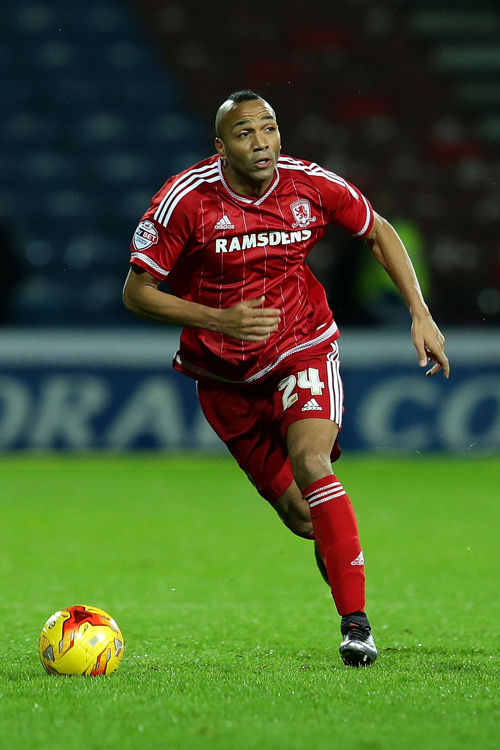
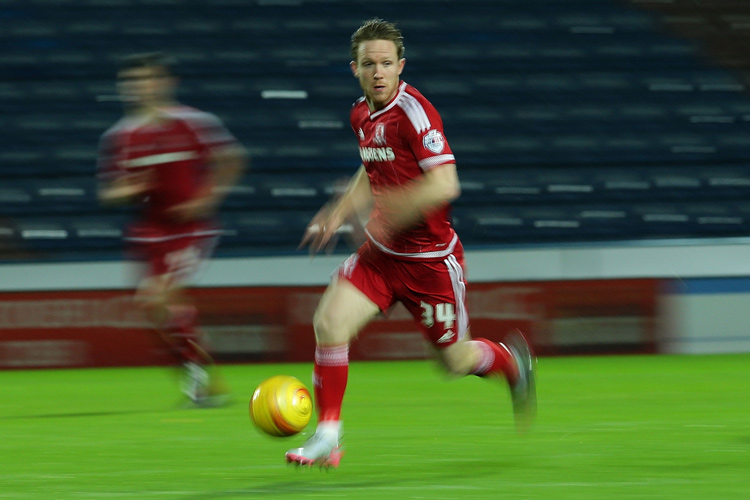








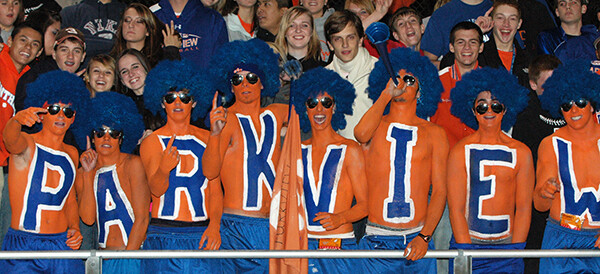
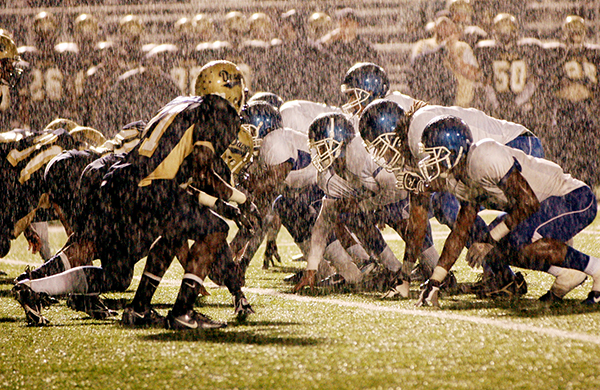
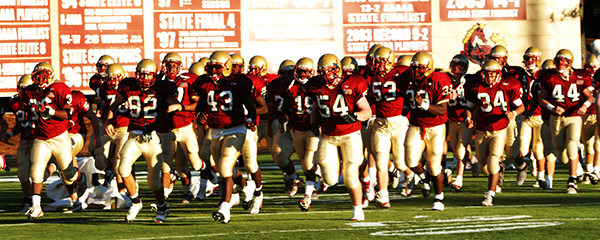

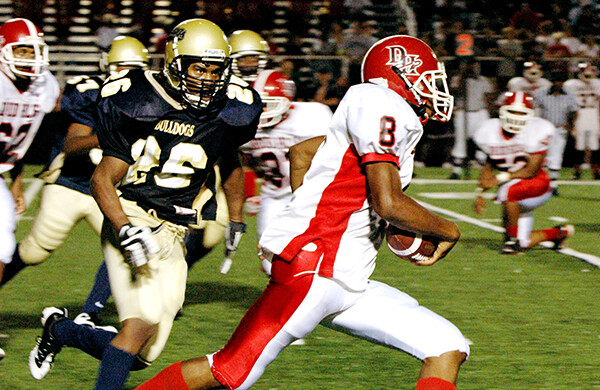

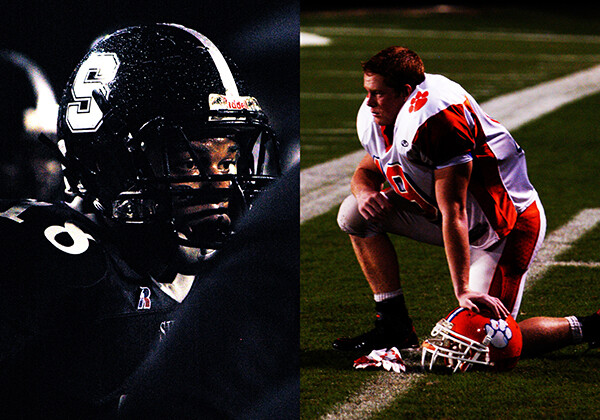
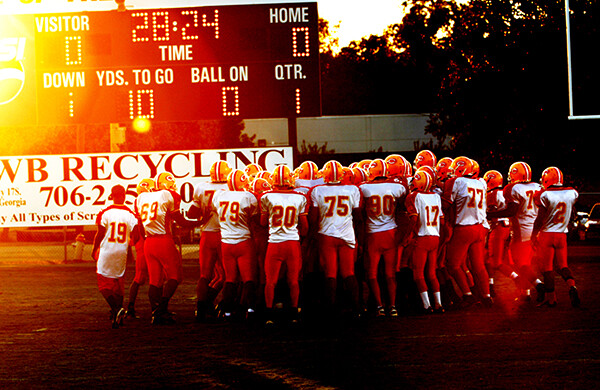

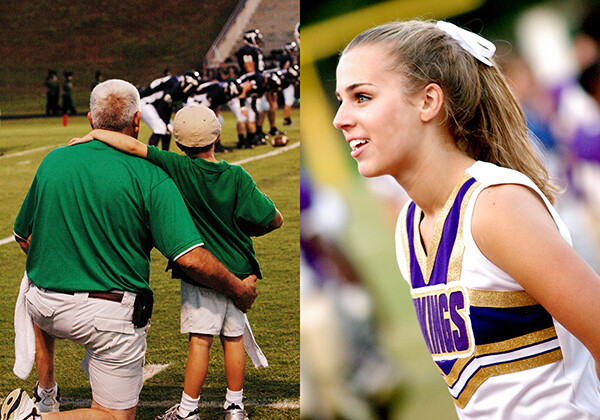
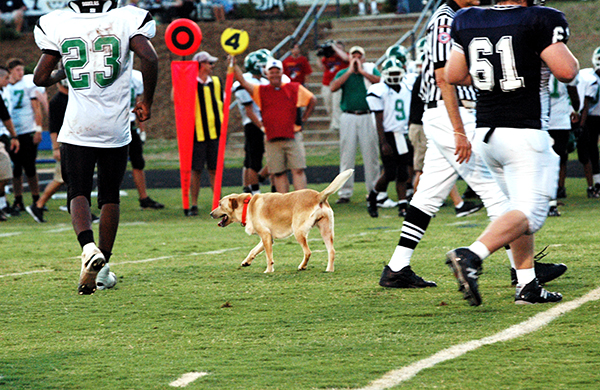
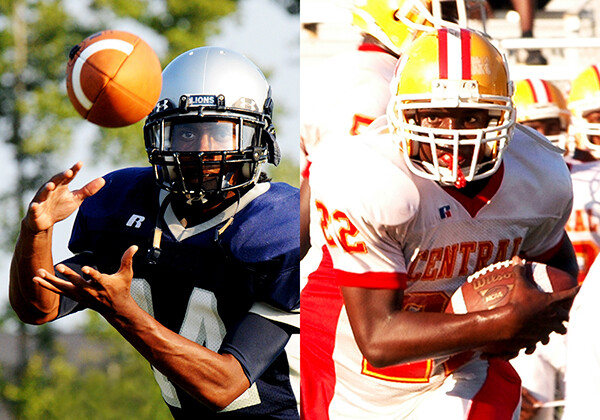
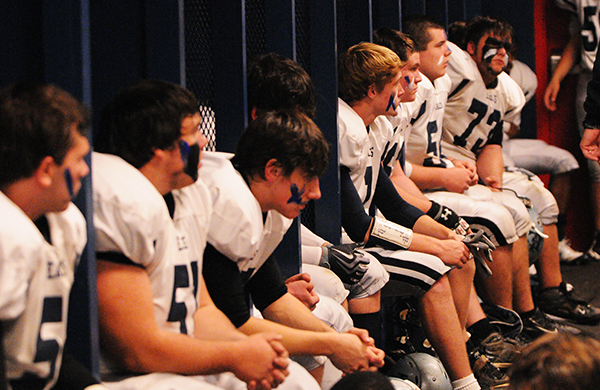
You must be logged in to post a comment.